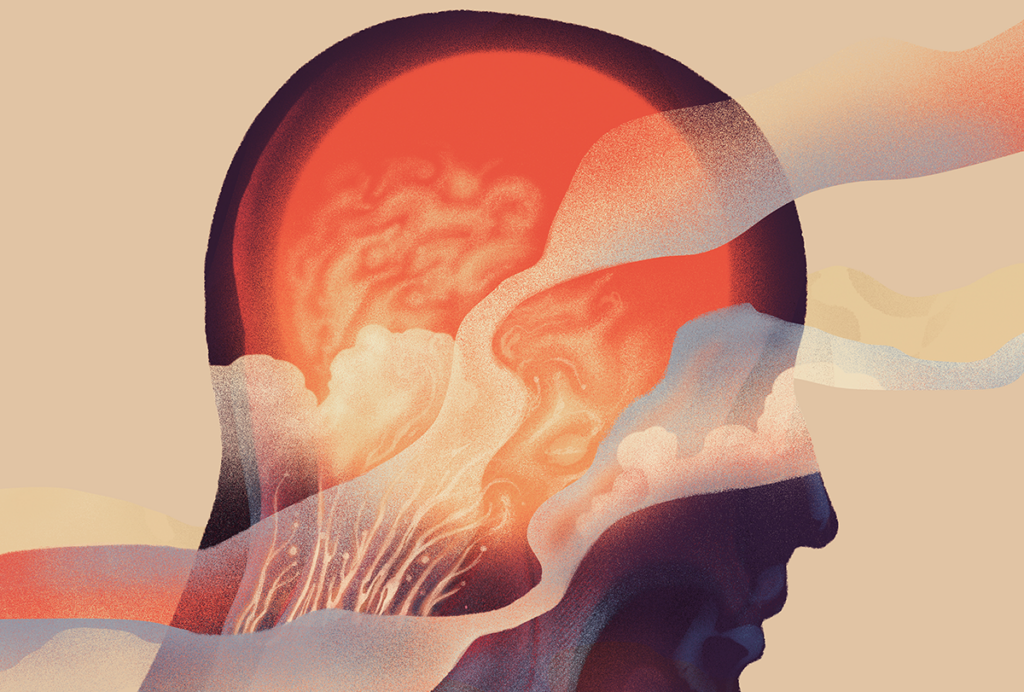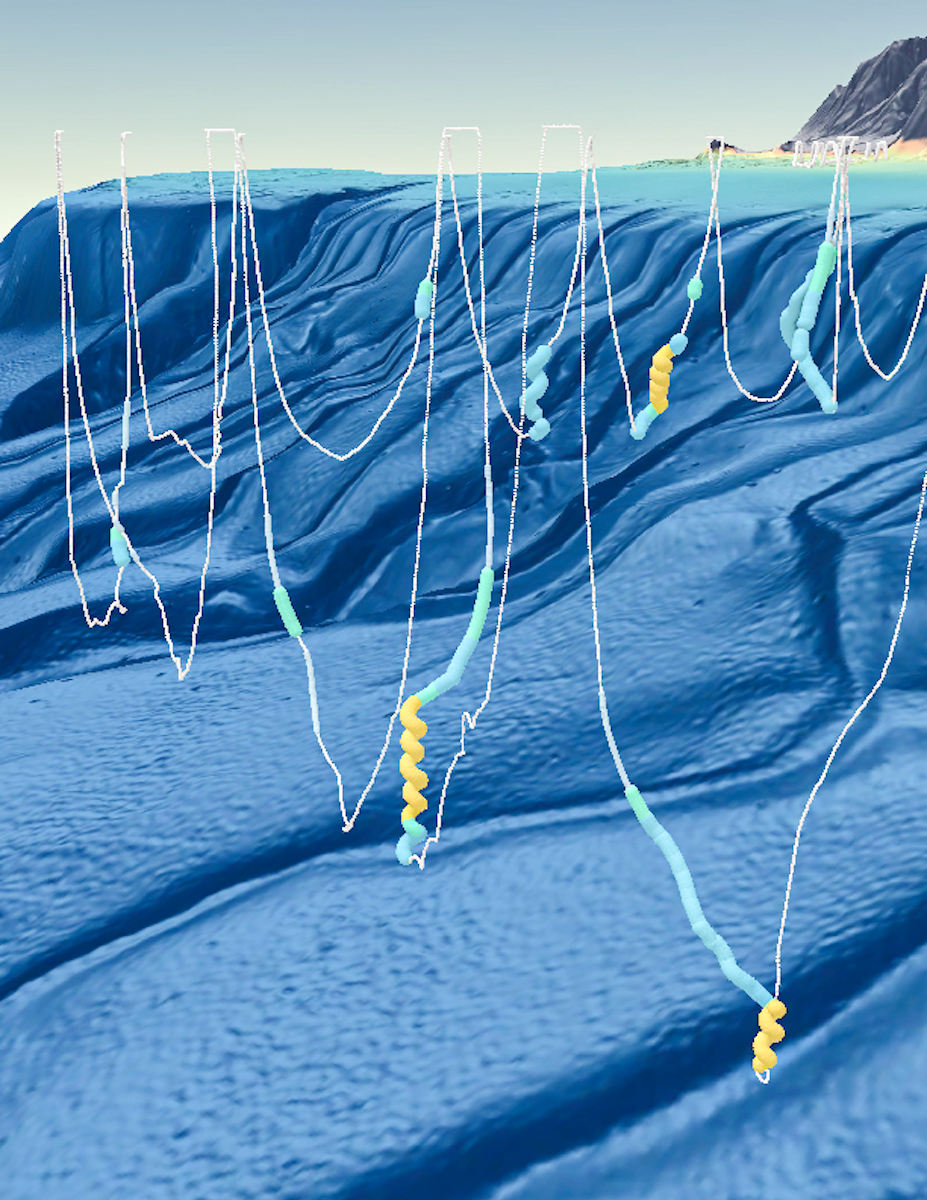
Wild and free: Understanding animal behavior beyond the lab
Technological advancements have made it possible to study animals in more natural settings, but researchers are debating what that really means and whether natural is always better.
When Nacho Sanguinetti-Scheck came across a seal study in Science in 2023, he saw it as confirmation of the “wild” research he had recently been doing himself.
In the experiment, the researchers had attached portable, noninvasive electroencephalogram caps, custom calibrated to sense brain waves through blubber, to juvenile northern elephant seals. After testing the caps on five seals in an outdoor pool, the team attached the caps to eight seals free-swimming in the ocean.
The results were striking: In the pool, the seals slept for six hours a day, but in the open ocean, they slept for just about two. And when seals were in REM sleep in the ocean, they flipped belly up and slowly spiraled downward, hundreds of meters below the surface.
It was “one of my favorite papers of the past years,” says Sanguinetti-Scheck, a Harvard University neuroscience postdoctoral researcher who studies rodent behavior in the wild. “It’s just beautiful.” It was also the kind of experiment that needed to be done beyond the confines of a lab setting, he says. “You cannot see that in a pool.”
Sanguinetti-Scheck is part of a growing cadre of researchers who champion the importance of studying animal behavior in the wild. Studying animals in the environment in which they evolved, these researchers say, can provide neuroscientific insight that is truly correlated with natural behavior.
But not everyone agrees. In February, a group of about two dozen scientists and philosophers gathered in snowy, mountainous Terzolas, Italy, to wrestle with what, exactly, “natural behavior” means.
“People don’t really think, ‘Well, what does it mean?’” says Mateusz Kostecki, a doctoral student at Nencki Institute of Experimental Biology in Poland. He helped organize the four-day workshop as “a good occasion to think critically about this trend.”
T
Yet calls for less-constrained experiments have increased in recent years as systems neuroscientists and cognitive neuroscientists have joined neuroethologists in a push to study animals in their evolutionary environments.
“We’re interested in these freely moving, spontaneous, wild-inspired behaviors,” says Emily Jane Dennis, a group leader at Howard Hughes Medical Institute’s Janelia Research Campus. That kind of experiment, she says, might reveal the neural basis of foraging in mice better than putting the animals through a two-alternative, forced-choice task, a method she has used in the past.
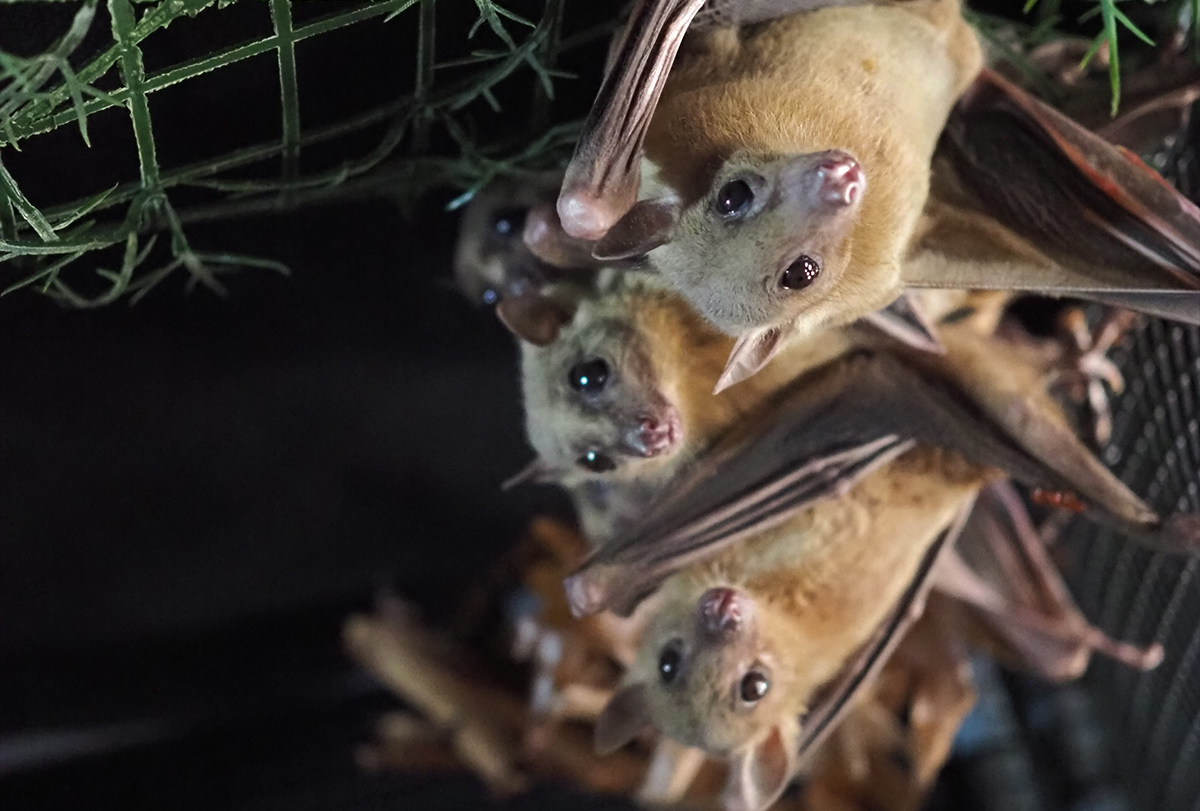
Miniaturized microscopes and wireless technology have only hastened this push. At the University of California, Berkeley, for example, Michael Yartsev, associate professor of neuroscience and engineering, uses wireless calcium imaging, wireless electrophysiology and automatic flight tracking to study neural dynamics of the hippocampus in bats flying freely in a large room, without the presence of humans. Not only do cells in the hippocampus recognize the animals’ location, he has discovered, but they are also tuned to the activity of the bats around them.
That work could not have been done a decade ago, when tethers, wires and head-mounted microscopes kept animals firmly in the lab. But we now “have more tools, more access to the brain, more abilities to manipulate circuits, either chemically or optically,” Dennis says.
Also, the availability and ease of use of machine-learning-based behavior-analysis software, such as DeepLabCut, has increased, says Caleb Vogt, a doctoral student at Cornell University who studies mice in outdoor settings. And that, he says, “really revolutionizes the study of behavior.”
B
On the first day, conference organizers asked everyone at the workshop to go around the room and describe their study system without using the word naturalistic, says attendee Daniel Kozłowski, a graduate student at the University of Warsaw. The exercise made the group realize that “people use this word without thinking about it,” he says.
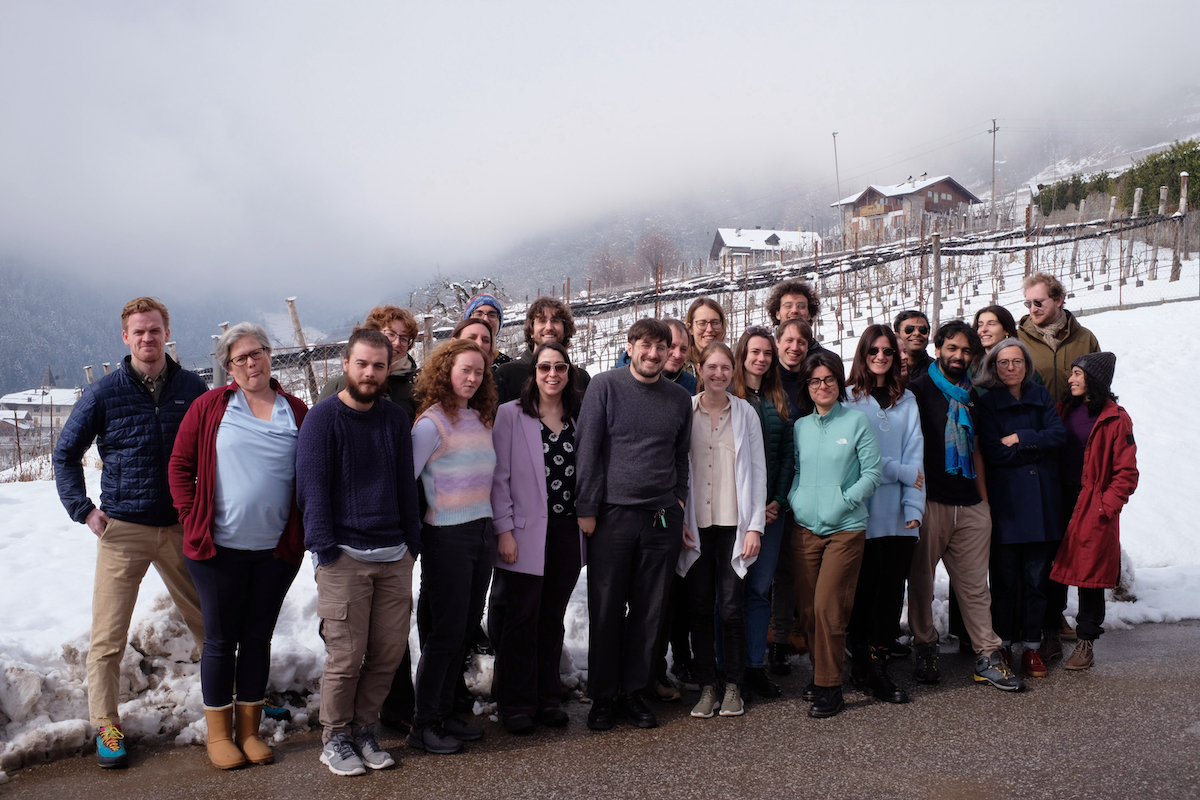
That seems to generally be the case in neuroscience, says Vogt, who did not attend the workshop: “Naturalistic and semi-naturalistic are definitely the squishiest terms,” and when experiments are defined in those words, “I just don’t really know what people are saying.”
Steve Chang, who also did not attend, studies neural correlates of social behavior in primates at Yale University. He is attempting to stratify naturalism in part by coming up with a five-part scale to rate “ecological validity” versus “experimental control.” It’s “kind of arbitrary,” he admits, but it at least supplies examples of different types of behavioral experiments in social neuroscience research, ranging from the most constrained— such as showing animals static images on a screen—to using real-life stimuli in natural environments.
The word “behavior” is no less slippery, says Bendik Hellem Aaby, senior lecturer in philosophy at the University of Oslo, who presented the results of a survey at the workshop that showed scientists do not agree on that definition either. Dina Dechmann, a workshop presenter and behavioral ecologist at the Max Planck Institute of Animal Behavior, was in the audience and says the talk made her feel “caught out, in a way. I know what behavior is, but I can’t define it.”
In her own work, Dechmann compares laboratory results with those obtained in the natural ecological conditions of her animal model, the shrew.
The shrew’s brain changes size as a seasonal adaptation, and that has “effects on their cognitive abilities.” But in the lab, Dechmann says, the animals also show coordinating “captive effects in terms of loss of motivation and signs of chronic stress.” But it’s key, she says, to “tease apart” what causes the cognitive changes: Is it the brain size change or “the fact that they’re in captivity?”
The difficulty in understanding what causes different results in varying environments sits at the heart of the debate over wild versus more tightly controlled laboratory experiments, she says.
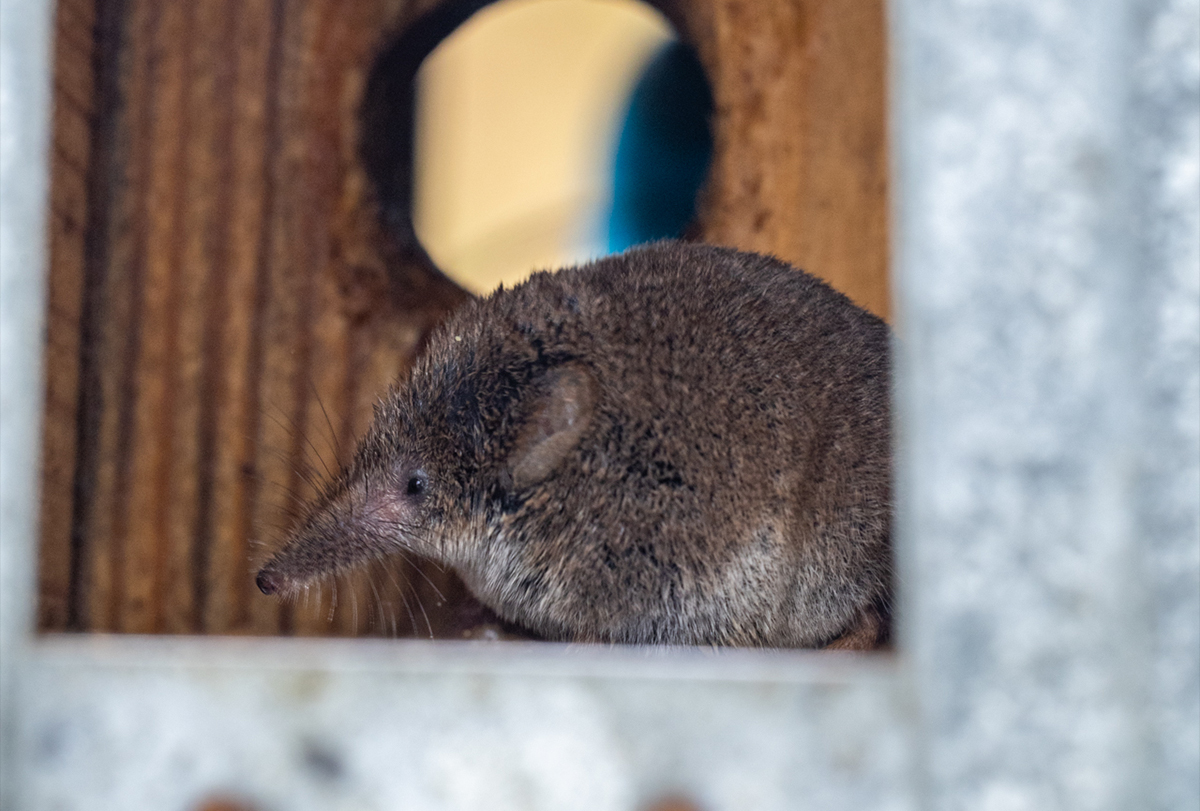
The different environments also present a challenging “trade-off” between freer experiments and loss of study control, Chang says. Even though outside of the lab you can “use more natural stimuli and natural behavior in experiments, it doesn’t come for free,” he says. The costs, Dechmann adds, include more environmental variables and equipment needs, for example, that can disrupt standardization. But in her eyes standardization “also makes us lose many aspects of animal behavior.”
Not that an experimenter in the lab “understands and fully controls all aspects of the context in which behavior occurs,” says Drew Robson, group leader at the Max Planck Institute for Biological Cybernetics, who did not attend the workshop, but it “was empowering to at least pretend it was true for as long as we could, right?”
E
Often, Nemati says, those appealing for naturalistic techniques point to differences in results between highly controlled environments and naturalistic ones. These differences, she says, “can be quite dramatic”—such as with the elephant seals or Dechmann’s shrews—but different doesn’t necessarily mean more real. “People do assume that it’s better,” she says, but there isn’t much discussion yet about why that is. During the meeting, many nevertheless seemed to feel that calling “something naturalistic, it means good,” she says.
Some attendees probably left the workshop with more questions than answers and were wondering how to move forward, Nemati says. “I think that’s the sign of a very successful meeting. They came in thinking that there’s going to be an answer to the question; then it got much more confusing.”
If there was one clear conclusion from the workshop, it was that “naturalistic behavior” isn’t necessarily an ideal to strive for in all situations, Petrucco says. Researchers need to be using the best methods for their specific research questions and not just get distracted by fancy new technology, he says.
Kostecki says his goal is to “immunize people against the hype, so that they will be able to defend themselves against the people who will tell them, ‘No, your setup is not natural.’”
Correction
Recommended reading
Escaping groupthink: What animals’ behavioral quirks reveal about the brain
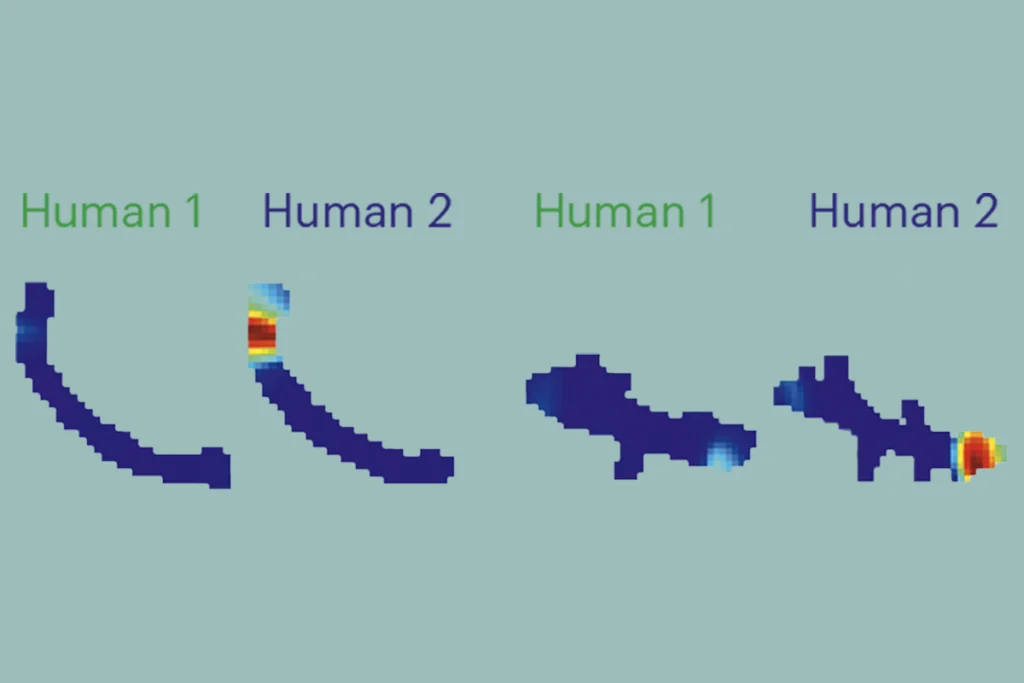
Egyptian fruit bats’ neural patterns represent different experimenters

Improvising to study brains in the wild: Q&A with Nacho Sanguinetti-Scheck
Explore more from The Transmitter
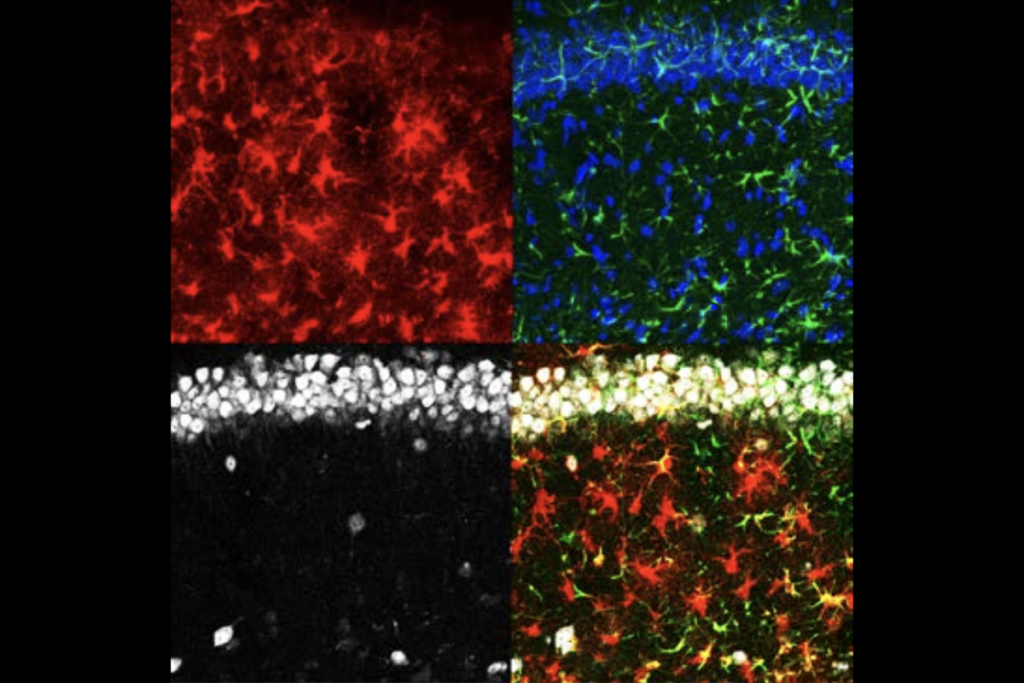
Astrocytes sense neuromodulators to orchestrate neuronal activity and shape behavior
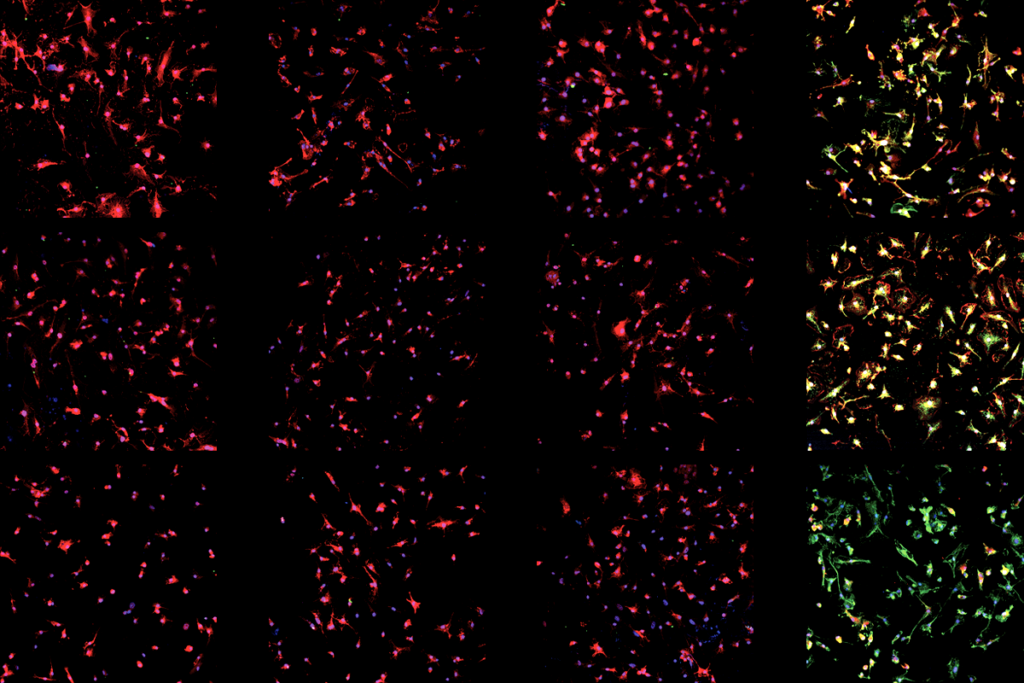
Authors correct image errors in Neuron paper that challenged microglia-to-neuron conversion
